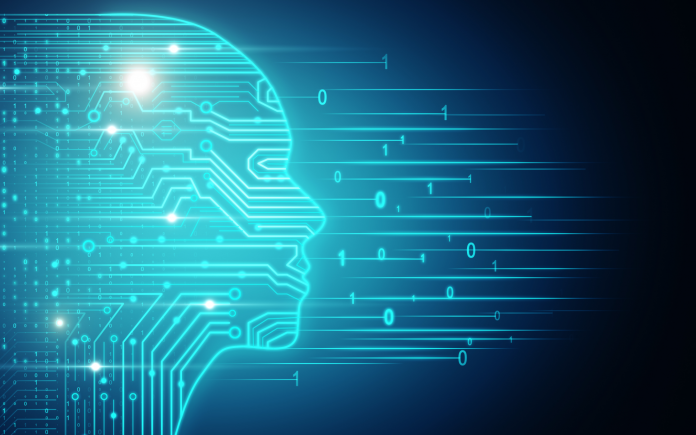The idea of machines learning for themselves has been around since 1959. After the Internet was born, Machine Learning (ML) surfaced and started to bring to life that original 1959 idea.
Machine Learning is a technology application that has been a more recent breakthrough within the Artificial Intelligence sector. This method is based on the notion that computers can be given data and be able to learn from and categorize that data similarly to a human brain. This method is not only a critical factor in the development of technology today but is also becoming more prevalent in daily life.
Hiruy Amanuel is an IT enthusiast and a major investor in Africa’s technological advancement. With the objective to create more economic opportunities for African engineers and developers, Mr. Amanuel consistently seeks new ways to bring investors into Africa.
Below, Mr. Amanuel provides an overview of Machine Learning:
How Does Machine Learning Work?
After the Internet surfaced, engineers discovered that it was more productive to connect a computer to the Internet for access to the knowledge around the world and code it to reflect the thought process of the human brain.
Now, Machine Learning is a branch of Artificial intelligence that trains computers how to learn like humans do.
The goal of Machine Learning is for the computer to comprehend the data’s structure. It functions similarly to a statistic model. As new data is uncovered to a model, Machine Learning allows computers to adapt to the latest information on their own. The well-comprehended data matches with theoretical distributions.
Machine Learning algorithms result in computers continually learning from the experience of repeated data. This experience is improving Machine Learning regularly to provide more accurate results. More accurate results are also dependent on Machine Learning techniques.
Machine Learning Techniques
The key to getting the most accurate results from Machine Learning is knowledge of what tools and processes go best with the most effective algorithms. There are multiple techniques of Machine Learning, but the two most widely used are supervised learning and unsupervised learning.
Supervised learning is mainly used when predictions are based on uncertainty, such as predicting a heart attack. This method uses classification and regression techniques to create a forecasted model. This model is trained by an algorithm to use a familiar set of input data and a familiar set of output data, and in response to the input data, to be able to generate rational results from new data input.
Unsupervised learning is a method used when the need to identify a pattern within data input is essential. Clustering is a popular unsupervised learning technique that finds hidden patterns in data. Examples of clustering that might be recognizable in daily life include gene sequence analysis, market research, and object recognition.
Why Does ML Matter?
Machine Learning is requested and used by many different evolving business sectors, including health care, banking, retail, transportation, and oil and gas. It helps organizations make better decisions with less human involvement and improves problem-solving when there is an immense amount of data involved with no known formula.
“Machine learning goes beyond making smart machines, it’s the integration of needs and efficient implementation. Informed decision making can be achieved in businesses by combining existing data with an informed rational machine to make better and learned decisions. The versatile applications of machine learning can eliminate the fundamental problems hindering the advancement of the African continent.” said Gebeya’s CEO and Co-founder, Amadou Daffe.
This technology application is helping economies to further develop and impact individuals in a positive manner. To deeper understand why Machine Learning matters, focus on how developed countries and their economies have thrived using technology and how Machine Learning can help developing countries do the same.
As Hiruy Amanuel stated, “In Africa, machine learning could tremendously support relieving challenges that their development faces in areas such as agriculture, health care, poverty, education, food, HIV/AIDS, financial services, and violence.”
With this breakthrough, Machine Learning can be the main component for developing countries to become established.

